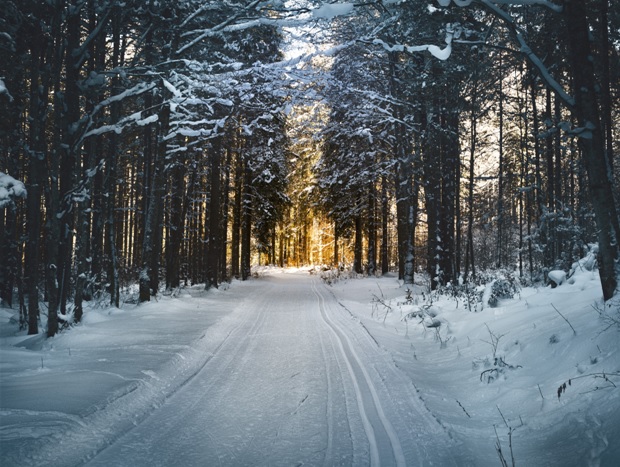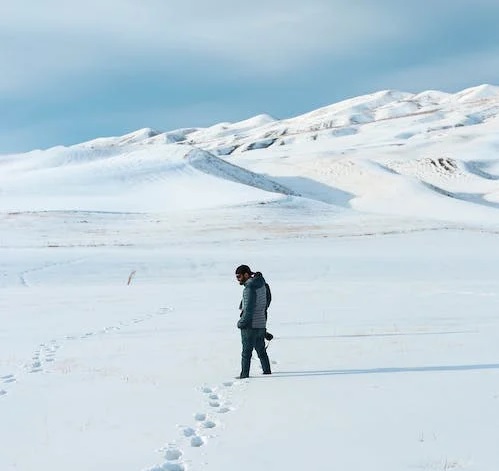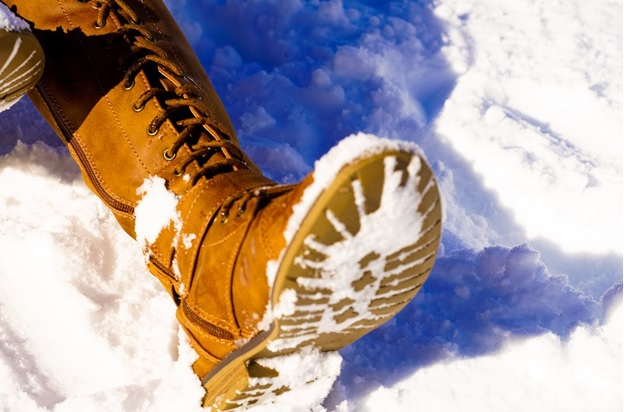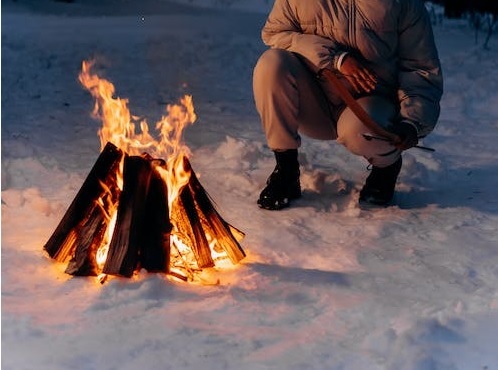Keeping Warm in the Winter: Our Two Cents
Posted by: Fatigues Army Navy Outdoor Gear on 23rd Jan 2024
Pack up the camo cargo shorts. They’re great in the spring and summer, but around here, it’s just about 10℉ right now, and outdoor sports don’t stop just because the weather doesn’t cooperate.
Whether your discipline is hunting, skiing, or even paintball, when the temperatures dip towards 0℉ (or fall below it) spending time outside without preparing properly can be brutal, if not dangerous.
Worry not. Fatigues Army Navy carries the gear (and has the know-how) to keep you warm even when the weather won’t work with you. Here are our top suggestions.

1. Most importantly: layer wisely.
The single most important thing you can do to stay warm in the cold is to layer wisely. One good outer layer is not enough to keep you warm no matter what its rating is.
You need a base layer (think thermal underwear that you wear next to your skin, see note below) followed by a warm middle layer that will serve to trap most heat and keep you warm.
On top of that, you need an outer shell, or outer layer. This layer should add more insulation and should also be waterproof and windproof, to protect you against the worst elements.
In extreme cold, consider wearing two mid layers, to bulk up your insulation.
2. Keep your clothes loose-fitting.
Your mid layer and outer layer should not restrict your movement and actually should be more or less loose-fitting.
There are two reasons for this. One is that tight-fitting clothes restricts blood flow, which will make you colder.
The other is that looser clothing traps a thicker layer of air, which is actually a great insulator. You don’t want it to be excessively baggy, but looser is better in the cold.

3. Pack spare gloves and hats.
You don’t want wet hands or a wet head, and in adverse conditions, if it’s wet, this is liable to happen.
So, no matter how good your gloves and hat are, pack a spare in your bag so you can swap them if (or when) they get damp.
4. Wear wool.
Have you ever heard the expression, “cotton kills?” This is because when cotton gets wet, it will sap your heat until it dries (which won’t happen as long as you’re wearing the garment.) This is extremely dangerous.
Wool, unlike cotton, retains about 70% of its thermal insulative abilities, even when wet. It can save your life in the cold. Our suggestion is to invest in a quality pair of wool thermal underwear to wear right next to your skin, especially when it is brutally cold.
5. Get quality boots (and double up your socks).
You absolutely need a good pair of boots to wear in the snow. Lug soles tend to perform well as they grip better than smooth or wedge soles. Also, make sure the boots are rated appropriately for the temperature. Waterproof boots are also a must.
Also, if you’re prone to cold extremities, wear two pairs of socks. You can get a pair of silk liner socks, and over those, wear a good, thick pair of wool socks - remember, these will also keep you warm if they get wet.

6. Invest in a quality snow suit.
If you spend a lot of time actually in the snow, a good snow suit is worth the money, especially a set of coveralls that will entirely cover the rest of your clothing.
There are two good reasons for this. One is that the snowsuit will eliminate the seam between your pants and jacket, preventing cold air from entering there.
The other is that a good snowsuit is waterproof, so the snow that gets on it, even if it melts, will roll right off. That will also help keep you warm.
7. Stay active, but don’t overexert yourself.
Next to wearing the proper clothing, keeping active is the second best thing you can do to stay warm.
Just make sure not to overdo it, because sweating will make your base layer wet, which in turn will make you cold.
8. Stay hydrated.
It’s just as easy to get dehydrated in the cold as it is to get dehydrated in the heat, and it can be just as dangerous.
Remember to sip water throughout the day, or carry a thermos with hot tea (coffee will make dehydration worse). Sip on this as needed.

9. If you’re camping, don’t take off your boots to sleep.
When it’s really, really cold, keep your boots on when you get in your sleeping bag. True, it will bring a little dirt in there, but taking off your boots will also make you lose a lot of heat.
Just make sure you thoroughly scrub off the soles. You don’t want to bring any mud or water into your sleeping bag. It will melt and make you cold at night.
One tip, though: if you do this, make sure at some point during the day, you rest your feet by the fire (with socks on) to give your boots and socks some time to air out.
10. Heat up some water, pour it in a canteen and bring it in your sleeping bag.
Again, when it’s truly, bitterly cold out, you can heat up some water and pour it into an aluminum (or steel) canteen and bring that in your sleeping bag with you. It will help keep you warm in the night.
11. Always sleep on a ground pad.
Never, ever sleep on the ground when it’s below freezing. The ground will pull heat out of you until you get hypothermic. Always place down a ground pad or a sleeping pad with an appropriate R-value before signing off for the night.
For what it’s worth, if it’s really cold, make sure you wear all your clothing to bed, too. Your body temperature naturally drops at night, and you don’t want to catch a chill in the night. That can be dangerous.
Pack Up the Camo Cargo Shorts: We Have Cold Weather Gear
Fatigues Army Navy carries camo cargo shorts and camo shirts for the warmer months, but right now, your attention should be on quality snowsuits, thermal underwear, and warm outer garments.
We carry them all. Shop our website or visit us in Hawley, Pennsylvania to stock up so you’re ready for the next big freeze.

